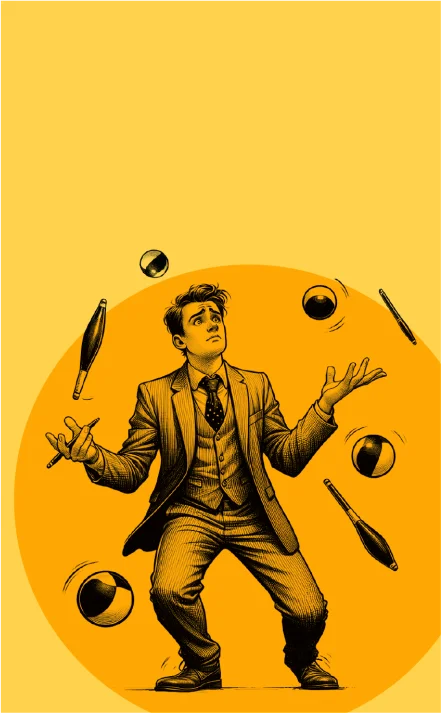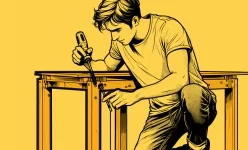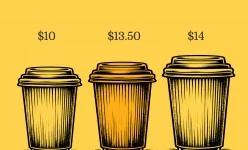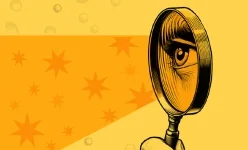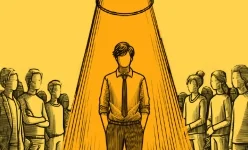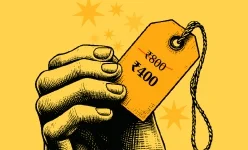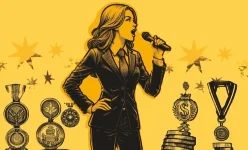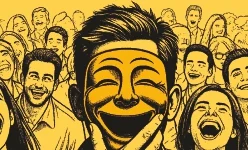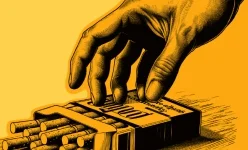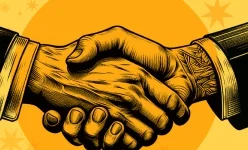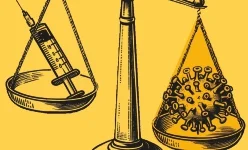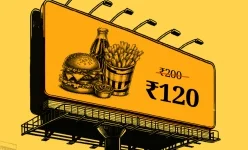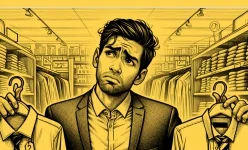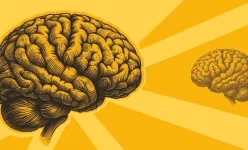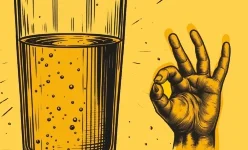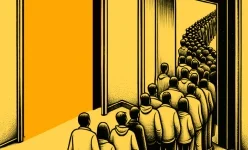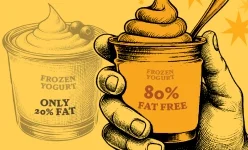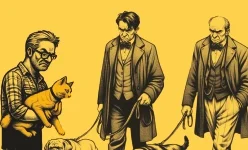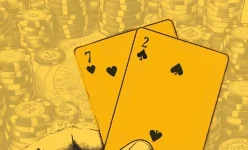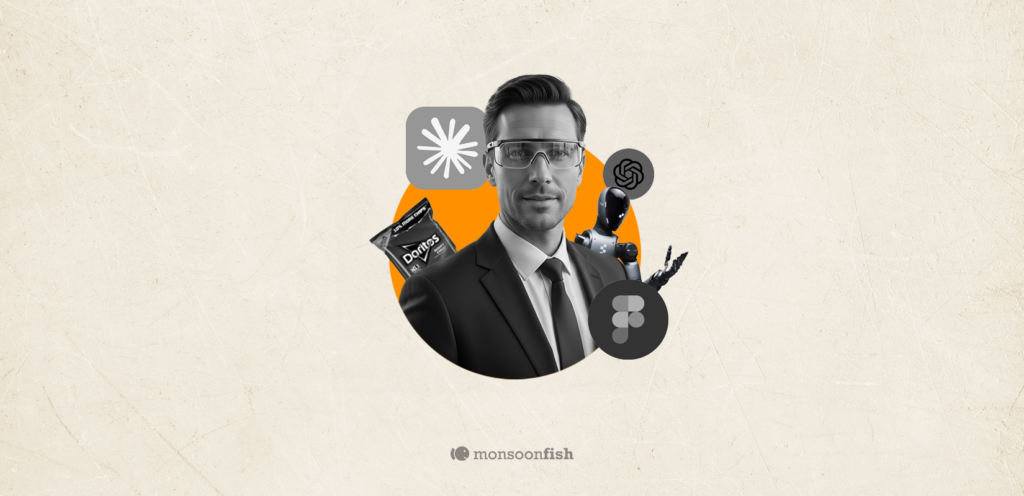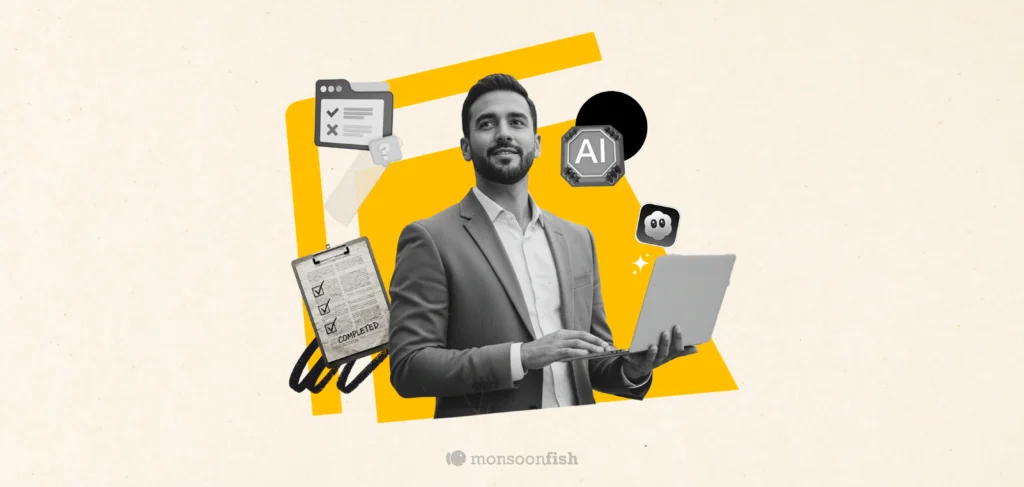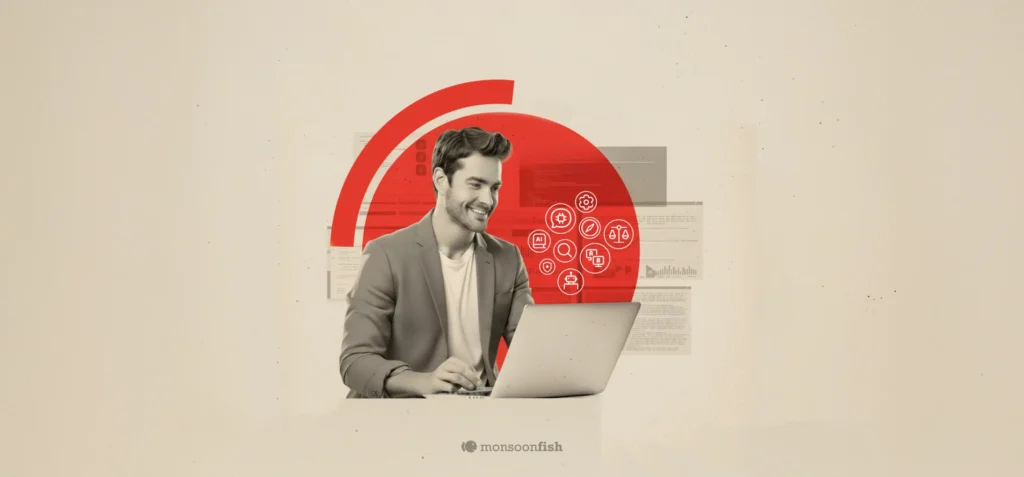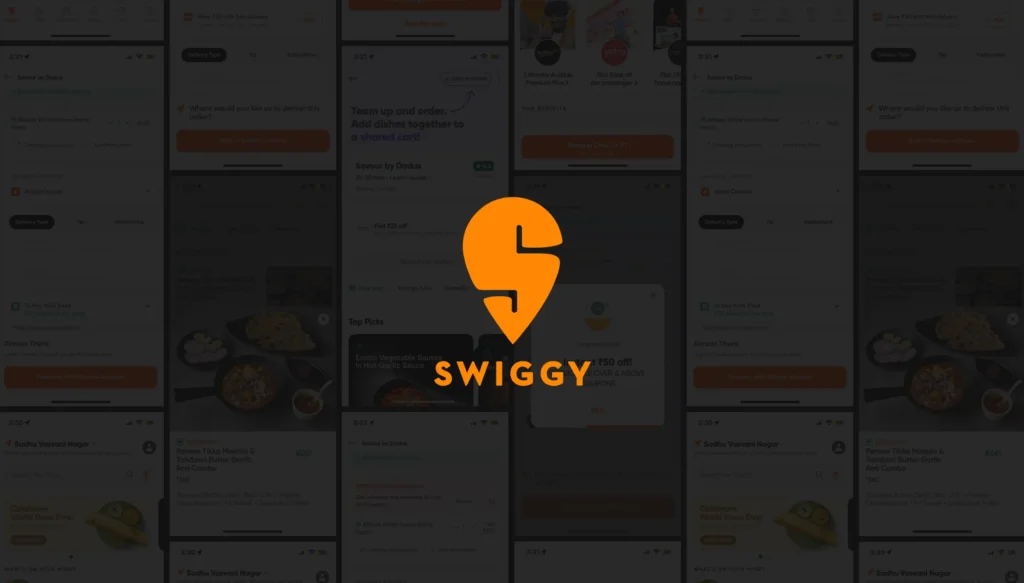Diversification Bias
Spreading our resources thinly across numerous options instead of concentrating on a few.
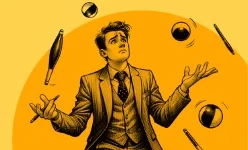
Diversification Bias
Peter, a college student, was known for his ambition. He had a goal to get into a prestigious graduate school, and he was determined to do everything it took to achieve it. When it came time to prepare for the entrance exams, Peter faced a tough decision—he could either focus on one or two exams that he knew he could excel at, or he could spread his efforts across several different competitive tests to increase his chances of success.
Peter decided to take the latter approach. He enrolled in prep courses for three exams, each requiring different approaches and study habits. He figured that by diversifying his efforts, he’d increase his chances of scoring well on at least one exam, just in case he wasn’t able to perform well on the others. But this meant that he didn’t have the time to dedicate to any single exam.
As the exam dates approached, Peter found himself overwhelmed. The pressure of balancing multiple study schedules left him exhausted and unprepared. When the results came in, he had passed all three exams, but none with the exceptional scores he had hoped for. His scattered focus had cost him the opportunity to excel in any one of them.
This highlights Diversification Bias, the tendency to spread efforts or resources across several options to avoid risk, instead of concentrating on a few high-value pursuits. While Peter’s instinct was to play it safe by casting a wider net, it ultimately led to mediocre results across the board. Had he focused on just one or two exams, he could have maximized his chances of securing a top score, showing how overextending ourselves can often backfire.
Contents
CATEGORIES
